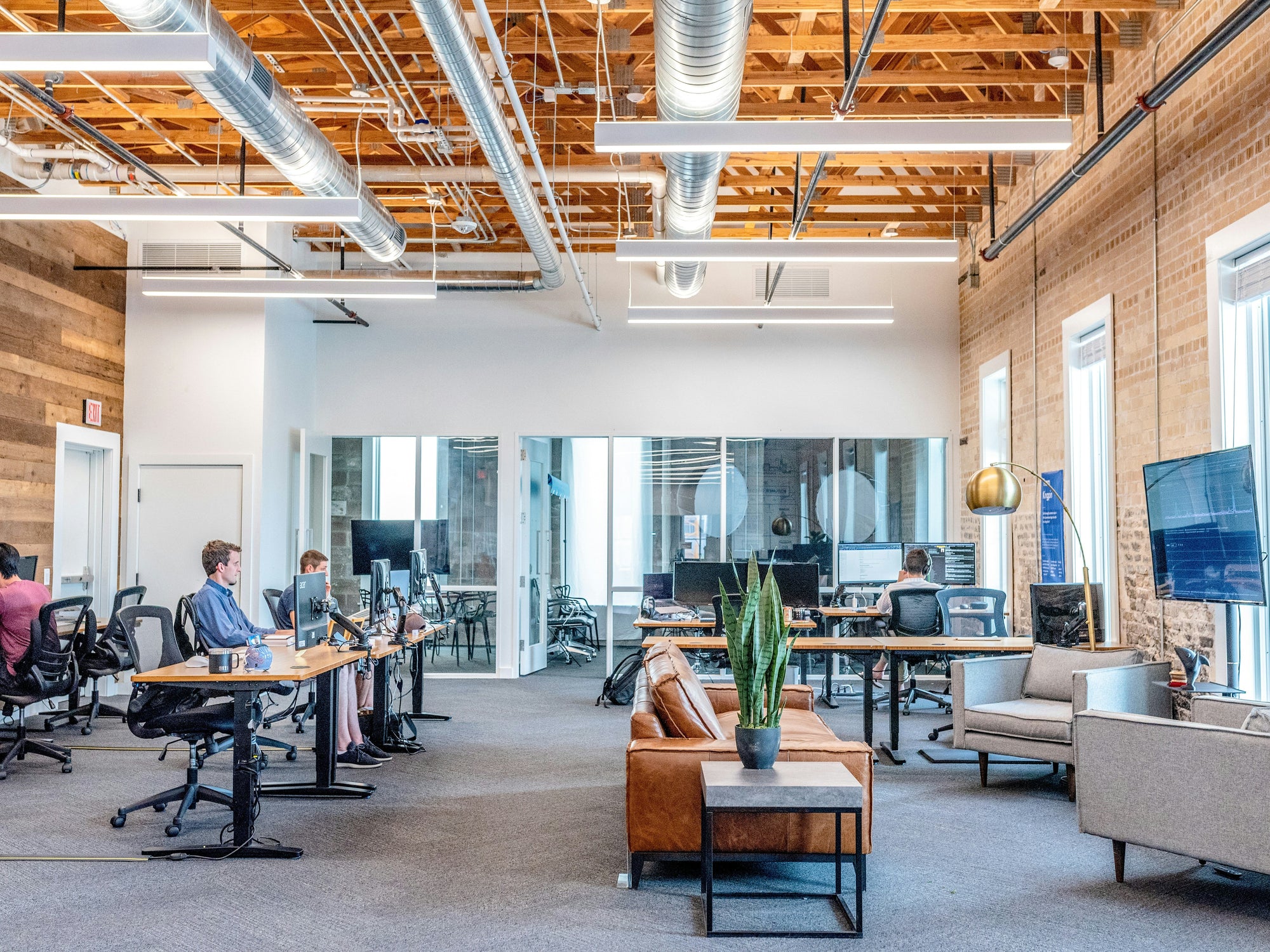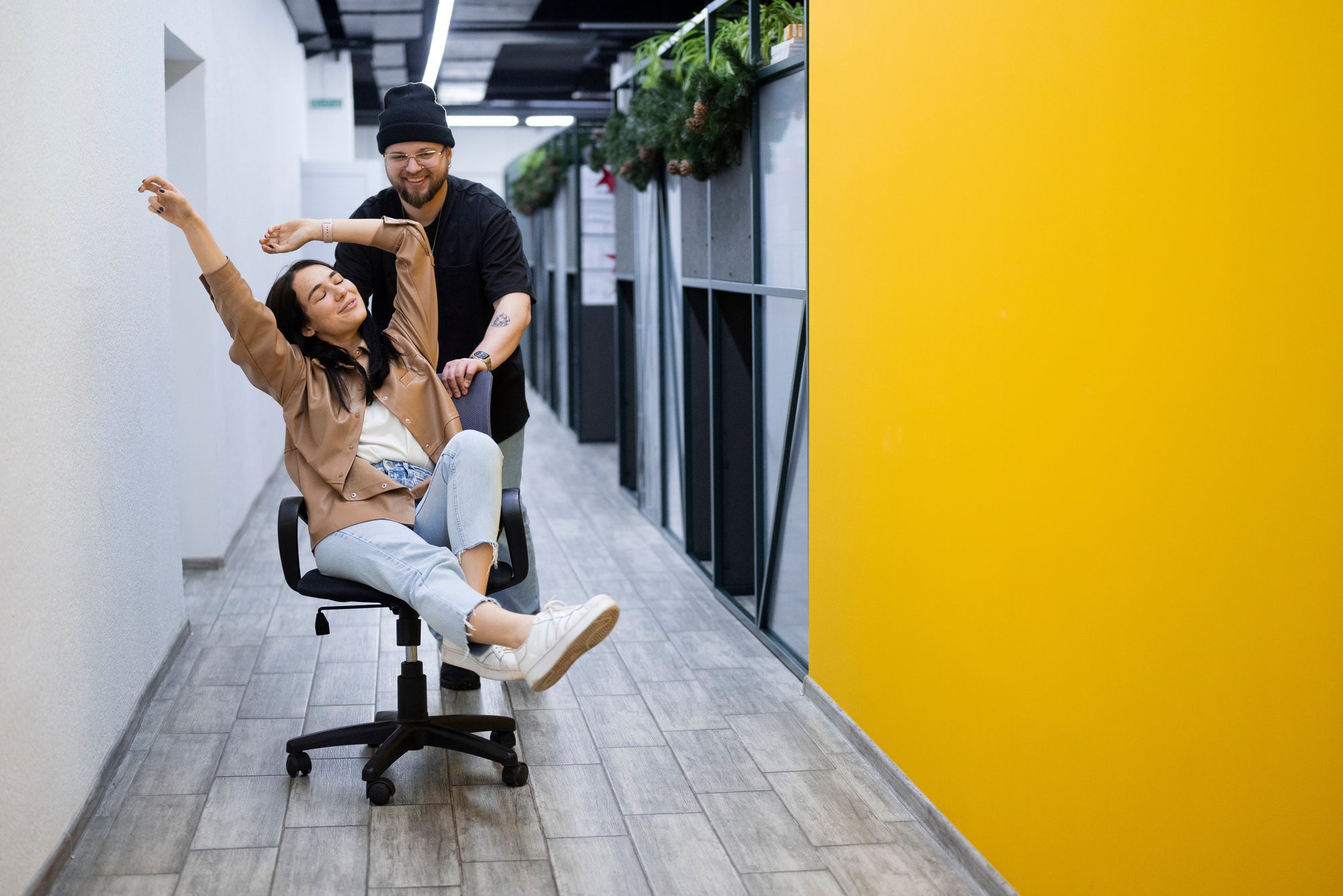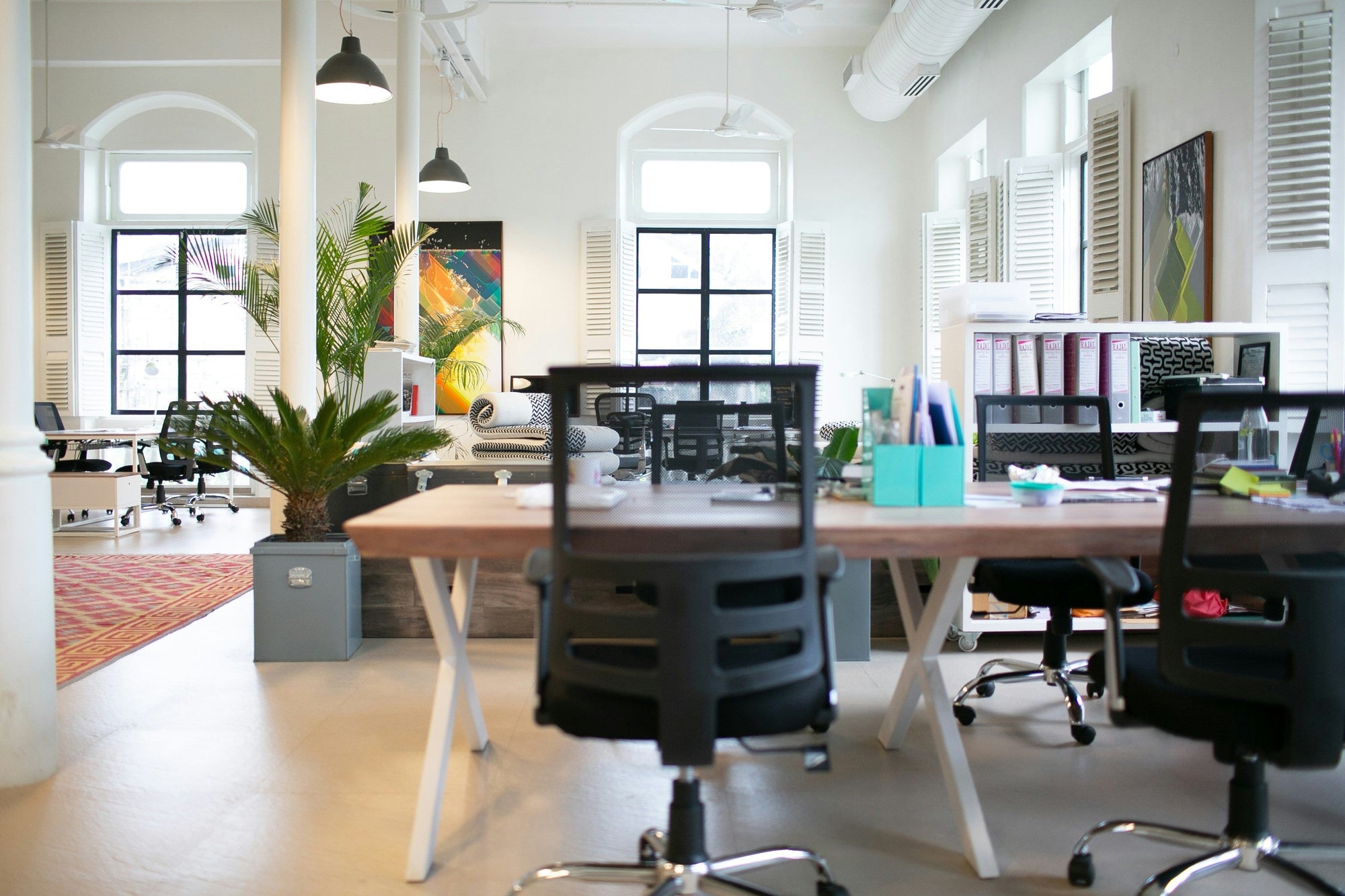In today’s fast-paced work environment, employee well-being has become a top priority for many companies. One often overlooked aspect that can significantly impact this is the choice of office furniture. This blog explores how the right furniture can enhance comfort, productivity, and overall well-being in the workplace.

Understanding the Importance of Office Furniture
Office furniture plays a crucial role in shaping the atmosphere of a workplace. When thoughtfully chosen, it not only provides physical support but also contributes significantly to employee morale. For instance, comfortable chairs and desks can help reduce the fatigue that often comes with long hours at work. Moreover, furniture that is designed for ease of use can lead to a more efficient workflow.
Furthermore, the environment created by office furniture can influence the overall company culture. Depending on the design, furniture can encourage collaboration or promote individual work. Open office layouts with communal tables and lounge areas foster interaction among team members, increasing the likelihood of idea sharing and innovation. On the other hand, private workstations can help maintain focus for tasks requiring deep concentration.
It’s also essential to recognize that different roles within a company may have varying needs when it comes to furniture. A designer might thrive with a creative desk setup, while a financial analyst may prefer a more traditional arrangement. Understanding these differences helps organizations curate a workspace that is both inclusive and functional.
The Connection Between Furniture and Employee Productivity
The relationship between office furniture and productivity is profound and often underestimated. Research has shown that comfortable seating and well-placed workstations can lead to better concentration and increased output. For example, ergonomic chairs not only support good posture but also help keep employees focused for extended periods, directly influencing their efficiency.
In addition, proper lighting, often complemented by choice office furniture, significantly enhances an employee’s ability to concentrate. When desks are positioned to receive natural light, it can reduce eye strain and fatigue while simultaneously lifting spirits. Employees who feel good in their workspace are far more likely to be engaged in their tasks and perform at a higher level.
Moreover, thoughtful furniture design can provide flexibility in the work environment. For example, adjustable desks that allow for both sitting and standing can help avoid prolonged periods of inactivity. This adaptability not only promotes physical health but also encourages better energy levels, further boosting productivity throughout the day.
Ergonomics: Furniture Designed with Health in Mind
Ergonomics is a vital aspect of office furniture that prioritizes the well-being of employees. The primary goal is to create furniture that supports the body’s natural posture and minimizes the risk of strain or injury. Adjustable chairs and desks, along with supportive accessories like wrist rests and monitor stands, can make a significant difference in comfort.
By investing in ergonomic office furniture, companies demonstrate a commitment to their employees’ long-term health. When a workspace is designed with physical considerations in mind, it leads to fewer cases of discomfort and chronic conditions among staff. Not only does this positively impact employee satisfaction, but it can also reduce absenteeism and related healthcare costs.
Ultimately, ergonomic designs not only enhance comfort but can also elevate overall workplace productivity. Employees who feel physically well are likely to tackle challenges with greater enthusiasm and creativity, leading to better outcomes for the organization as a whole.
Creating Collaborative Spaces with Office Furniture
In today’s dynamic work environments, collaboration is essential for innovation and progress. Office furniture plays a key role in facilitating this teamwork. By designing spaces with collaborative furniture, such as communal tables and relaxed seating arrangements, companies can encourage spontaneous discussions and brainstorming sessions.
Creating these collaborative spaces not only enhances communication but also fosters strong relationships among employees. Humans are inherently social beings; when people feel comfortable interacting in their workspace, it leads to a more united team. This strong camaraderie can trickle down into performance and productivity, resulting in a more engaged workforce.
Moreover, adaptable furniture that can be easily reconfigured allows for versatility. Workspaces that can transform from individual workstations to collaborative huddle spaces encourage a balance between focused work and teamwork. This adaptability also allows companies to adjust to changing work patterns, ensuring that their workspace meets the needs of their employees at all times.
Personalization: Allowing Employees to Customize Their Space
Personalization in office furniture goes beyond aesthetics; it’s a way to empower employees. When individuals have the freedom to tailor their workspace, whether through choosing colors, adjusting layouts, or selecting accessories that resonate with them, it fosters a sense of ownership and comfort. This feeling of belonging can greatly enhance an employee’s work experience.
Furthermore, allowing employees to customize their spaces can lead to improved productivity. When individuals can create an environment that aligns with their styles of work, they may feel more motivated and focused. For instance, one employee might prefer a minimalist approach with fewer distractions, while another might thrive in a vibrant and colorful setting.
Encouraging personalization is not merely a trend; it reflects a deeper understanding of individual needs within a collaborative framework. By valuing employee input in their workspace, organizations can foster a culture of respect and recognition, reinforcing their commitment to well-being.
The Impact of Aesthetic Choices in Office Furniture
The aesthetic choices made in office furniture are far from superficial; they have a profound effect on both employee morale and productivity. A well-designed office that prioritizes colors, textures, and layouts can create an inviting environment that encourages creativity and positivity. Bright colors like greens and yellows can stimulate energy, while calming tones like blues and grays can lend a serene atmosphere.
Moreover, the materials used in office furniture can influence employee perceptions of the workplace. High-quality materials signal an investment in employee welfare, enhancing their sense of value within the company. In contrast, cheap or outdated furniture can lead to feelings of neglect and dissatisfaction, resulting in lower morale.
Ultimately, ensuring that aesthetic choices align with company values and culture promotes connection and belonging among employees. When individuals feel that their workplace environment reflects who they are and what they believe in, it can drive engagement and promote a more productive atmosphere.
Creating a Positive Work Environment Through Thoughtful Design
Selecting the appropriate office furniture can lead to a happier, healthier, and more productive workforce. By investing in quality furniture that caters to employees’ needs, companies can create a positive work culture that reflects their commitment to employee well-being.







